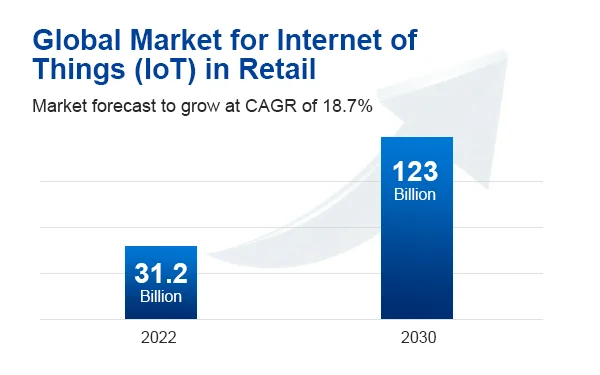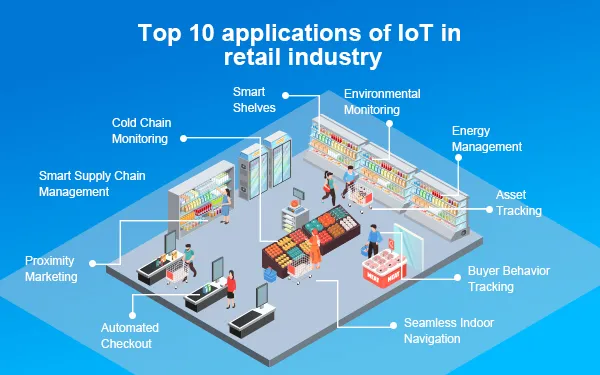- Produkty
- Brelok H1 Beacon
- Sygnał nawigacyjny karty H3
- Odznaka przycisku H3
- Sygnalizator RFID H5
- Odznaka RFID H5 ProNOWY
- Latarnia na hełm H7
- Zawieszka na kask H7 LiteNOWY
- Światło pozycjonujące W3
- Sygnalizator lokalizacji W3 Pro
- W6 opaska sygnalizacyjna na nadgarstek
- B1 Przycisk paniki
- Inteligentna odznaka B2NOWY
- Przycisk awaryjny B3NOWY
- Przywieszka identyfikacyjna H8NOWY
- Rozwiązania
Rozwiązania
Wykorzystaj moc IoT dzięki naszym inteligentnym rozwiązaniom. Szybciej wprowadzaj innowacje i przekształcaj dzięki naszej wiodącej wiedzy specjalistycznej w zakresie IoT.
- Aplikacje
Aplikacje
Wprowadzaj innowacje bez ograniczeń. Ożyw swoją najśmielszą wizję IoT dzięki naszym wszechstronnym aplikacjom.
- Usługi
Usługi
Współpracuj z nami, aby osiągnąć sukces. Nasze wyjątkowe usługi zapewniają wyniki i wartość dla klientów i partnerów.
- Zasoby
Zasoby
Wzmocnij swoją podróż IoT. Spostrzeżenia ekspertów, Wiadomości i wydarzenia, dokumentacja – znajdź nasze bogactwo zasobów.
- O
Dlaczego MOKO
Inteligentny wybór dla innowacji IoT. Nasze doświadczenie i technologia wyznaczają drogę.
- Kontakt
- Produkty
- Sygnalizator Bluetooth
- Tag śledzenia zasobów
- Znacznik bezpieczeństwa personelu
- B3 Inteligentny przycisk awaryjny
- Brelok H1 Beacon
- Sygnał nawigacyjny karty H3
- Odznaka przycisku H3
- Sygnalizator RFID H5
- Odznaka RFID H5 Pro
- Latarnia na hełm H7
- Zawieszka na kask H7 Lite
- Światło pozycjonujące W3
- Sygnalizator lokalizacji W3 Pro
- W6 opaska sygnalizacyjna na nadgarstek
- B1 Przycisk paniki
- Inteligentna odznaka B2
- Kotwica lokalizacji
- Czujniki IoT
- Śledzenie IoT
- Moduły IoT
- Bramy IoT
- Inteligentne wtyczki
- Sygnalizator Bluetooth
- Rozwiązania
- Lokalizacja wewnątrz i na zewnątrz
- Zarządzanie magazynem
- Monitorowanie łańcucha chłodniczego
- Ładowanie pojazdów elektrycznych
- Śledzenie zasobów
- Śledzenie zarządzania flotą
- Inteligentny pomiar energii
- Rozwiązanie dla urządzeń LoRaWAN
- Rozwiązanie sygnalizacyjne Bluetooth
- Inteligentne rozwiązanie do noszenia
- Aplikacje
- Usługi
- Zasoby
- O
- Kontakt






























